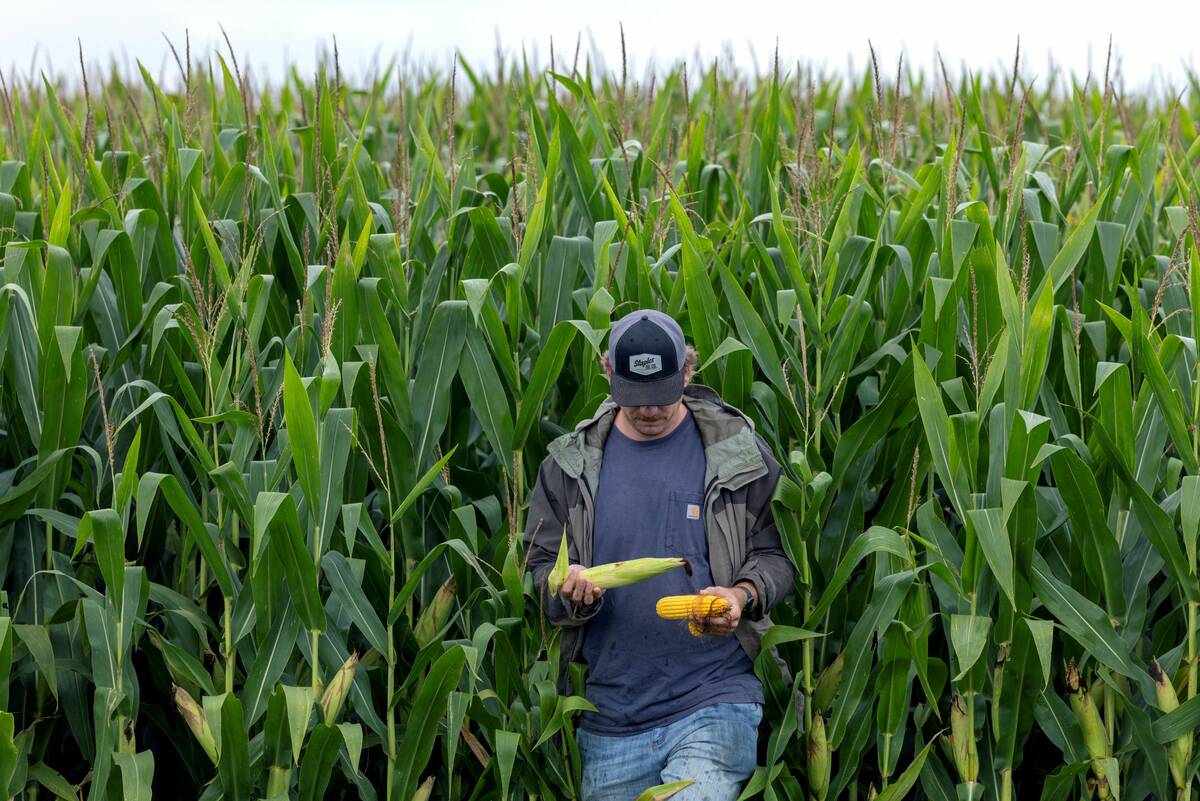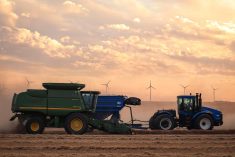CNS Canada — Warm and dry weather is allowing for a good start to spring seeding in Manitoba, but that dryness could pose problems down the road as its longer-term outlook is also on the dry side, according to meteorologist Drew Lerner.
Temperatures on Thursday in Manitoba were hitting levels more normally seen in the summer, in the mid-20s C area.
Lerner, of World Weather Inc. in Kansas City, said there was a storm system set to come through the province during the first full week of May, but the rainfall patterns would be erratic.
Read Also

The U.S. corn crop could be the biggest ever. That’s terrible news for America’s farmers.
The USDA predicts a record corn crop for U.S. farmers, who question the agency’s accuracy amidst high debt and low crop prices.
On a Prairie-wide basis, “there are a lot of people that don’t want any moisture, and some that need some,” he said, noting that while the nearby bias was looking a little wetter in the southern parts of the Prairies, where the moisture actually hits “will be very random.”
The temperature bias will also be mixed for most of May, with a cooler bias in the southern and eastern Prairies, and a warmer bias in Alberta and northern Saskatchewan.
Looking to June, the bias turns drier overall, with Manitoba showing the highest potential for being low on moisture through the growing season.
“If we can have a good month of May, a lot of these (dry) areas will do quite fine,” said Lerner. However, without the rainfall in May, “it sets the stage for a more stressful summer.”
Lerner was also keeping an eye on a developing El Nino pattern. While El Nino temperature anomalies usually present themselves along the eastern equatorial region of the Pacific Ocean, the current pattern is known as a Modoki El Nino, which materializes more toward the middle of the Pacific.
“It’s still an El Nino, but its influence on world weather will be somewhat different,” said Lerner, noting the Japanese word Modoki translates as “similar, but different.”
There are indications that the Modoki event will eventually evolve into a traditional El Nino, but that will take several months. The fact that the El Nino would then already be in a more mature phase would lessen the impact on global weather patterns, he said.
Across much of Western Canada, there is some correlation with Modoki events and a drier bias in the summer season, which reinforces the dryness in Manitoba and parts of Alberta, said Lerner.
While that could be stressful later in the growing season, Lerner noted the weather patterns also point toward a milder bias in temperatures for Manitoba, which would limit impact from a lack of moisture.
— Phil Franz-Warkentin writes for Commodity News Service Canada, a Winnipeg company specializing in grain and commodity market reporting.













